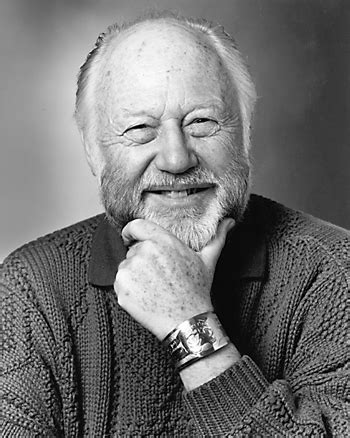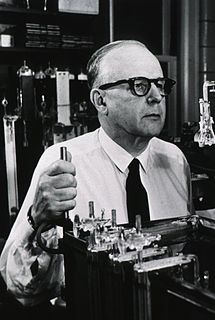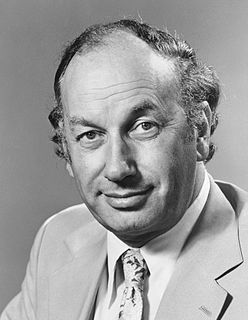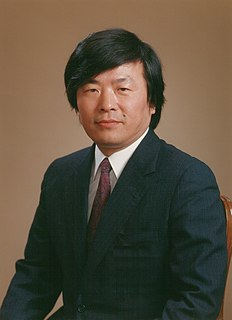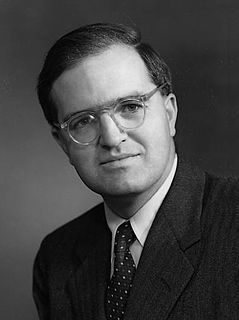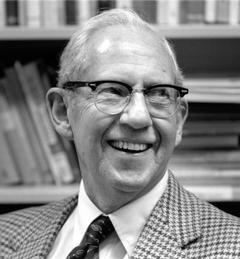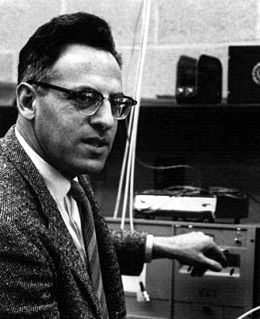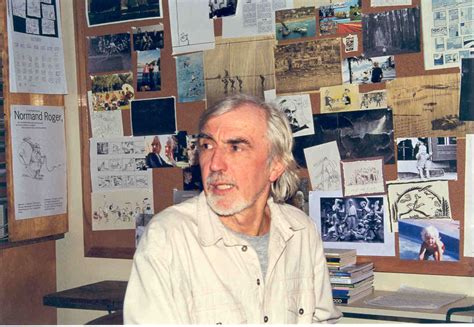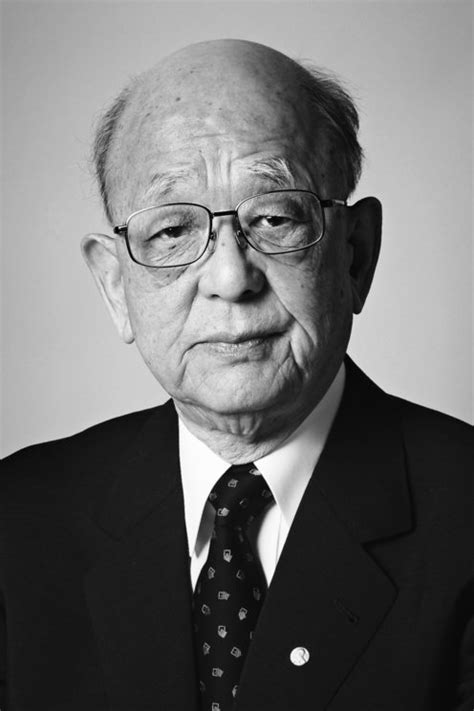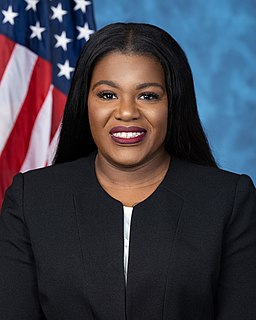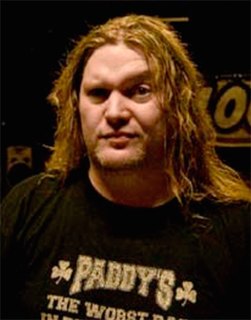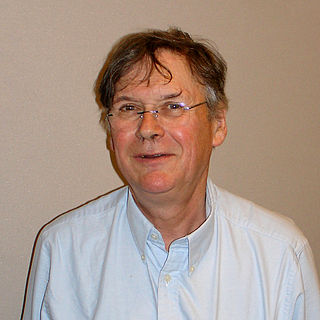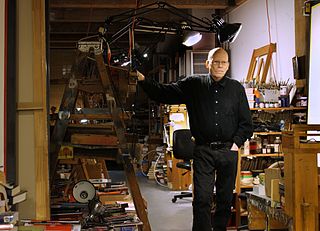A Quote by Michael Smith
In 1986, I was asked by the then-Dean of Science at the University of British Columbia, Dr. R.C. Miller, Jr., to establish a new interdisciplinary institute, the Biotechnology Laboratory. I decided that it was time for me to start paying back for the thirty years of fun that I had been able to have in research.
Related Quotes
I wrote a letter to Harvard, explaining that I was having difficulty deciding between it and the University of Pennsylvania. Could I come and visit? Years later, the dean of students at Harvard told me that my letter had been posted in the dean’s office for the amusement of the staff. Thus did I learn the measure of institutional arrogance.
Including my nine years as a student, the majority of my life has been at Hokkaido University. After my retirement from the university in 1994, I served at two private universities in Okayama Prefecture - Okayama University of Science and Kurashiki University of Science and the Arts - before retiring from university work in 2002.
The three of us [me, Mike Dean, Woody Weatherman] all learned how to play our instruments together. We had a common interest in bands like Black Sabbath, Deep Purple. Bands who had different time signatures etc and for whatever reason, we morphed into Corrosion of Conformity. It's been about thirty years now.
The Babson Institute, which is now an actual university, was started by this guy [my father] who also had a problem with believing in gravity. And so he started the Babson Institute in New Boston, New Hampshire, which then moved to Gloucester. Each year they have a competition of one thousand dollars for one thousand words of an essay on gravity. That's the way they do it.
